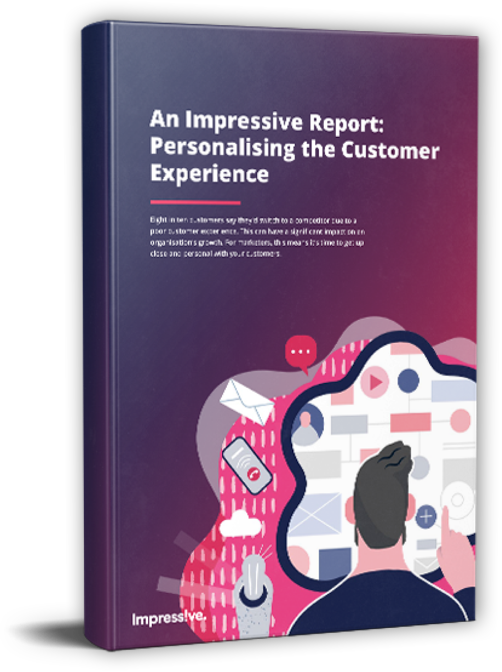You probably already know something about attribution modelling. You may even have considered how to apply it to your own practices. But what exactly does attribution modelling mean, and why is it becoming such a must-have technique for modern eCommerce businesses?
In this article, we will look at defining precisely what attribution modelling represents, before examining how you can turn this concept into a direct route to online success. So, let’s start at the beginning…
What is Attribution Modelling?
Attribution modelling is the practice of defining which access points or points of interaction are the most valuable in terms of securing conversions. This approach is particularly important in today’s eCommerce landscape, in which omni-channel marketing gives leads and consumers a variety of different routes towards making a purchase,
As a business owner, you need to know precisely which channels and which access points are pulling their weight – so to speak – and you need to understand where additional investment is required to bring your marketing endeavours up to speed.
For example, a consumer journey may involve several different stages;
- A customer sees an advertisement on social media
- They click through to the landing page and leave their details in a data capture form
- The customer receives an email with a targeted offer
- At the eCommerce page, the customer decides to purchase this offer, as well as purchasing additional add ons
This is just one example – there are literally thousands of journeys the modern consumer can take towards conversion. Attribution modelling is a way to determine the value of each phase in each journey, and to achieve an ultra-slick, ultra-streamlined lead generation funnel across any number of channels.
What are the Different Types of Attribution Modelling?
Just to muddy the waters further, there are several types of attribution modelling approach available to business owners and marketers. Below we have explored some of the most common;
First contact attribution
First contact attribution is all about that first interaction with the lead. This is incredibly useful for analysing how effectively your business is attracting new leads and potential consumers, but provides less insight into the efficacy of the other stages in the journey.
Bear in mind that credit will only be attributed for leads who eventually convert, not for leads who drop out of the funnel mid-way through. You can use other analytic tools to assess why leads are losing interest at certain points.
Conversion point attribution
Similar to first contact attribution – but working in the opposite direction – this model assigns all of the credit to the link in the chain; the point at which that hopeful lead became a fully-fledged customer.
This model provides fantastic insight into the final conversion process, but leaves out the often numerous stepping stones which led to this point.
Average attribution
Average attribution determines value across the whole flow from first contact to conversion. This model helps business owners to understand the value of different channels and to decide on an optimised strategy for future improvement.
Time sensitive attribution
Time sensitive attribution is a little more complex, but provides organisations with better insight into what is working most efficiently within their specific consumer journeys. The time sensitive model provides weighted attribution credit based upon the time it takes for the lead to convert.
For example, a conversion from a social media offer which comes less than a day after the offer was seen by the lead will be assigned more value than data capture on a landing page which came one week before the eventual conversion, even though the landing page played an important role in influencing the lead’s eventual decision to convert.
The data you receive from this makes it easier to achieve a leaner and more streamlined route to conversion.
How Has Attribution Modelling Been Deployed Successfully?
Case study 1
Avinash Kaushik of Market Motive – a business dealing in marketing consultancy and education courses online – has described how he and his business team have personally deployed attribution modelling successfully.
Avinash goes into great detail, examining a variety of different models which he has deployed within his business. He concludes that the time sensitive model works best as a gateway from basic attribution towards more complex, personalised modelling.
Using the Attribution Modelling Tool in the Google Analytics platform (although the author acknowledges that similar tools are available in other platform, and that you may find these easier to operate depending on what you are used to using), Avinash sets the ‘half life pf time decay’. This refers to how quickly the value of the interaction decreases.
For example, if the half life is set to seven days, the value of the interaction is halved every seven days up until the conversion occurs. The user can set this half life to different levels to gain different perspectives on the consumer touch points within the user’s lead nurturing funnel.
From here, Avinash describes how he and his team utilised this base level as a way to progress to more complex modelling, with additional customisable components.
Case study 2
Marketing Land contributor Kohki Yamaguchi is another seasoned user of attribution modelling. Kohki describes how, to get the most value from the technique, users must avoid adopting the last touch model.
Kohki’s argument is that the insight provided by the last contact attribution model is simply too one-dimensional to be of much use to marketers. While Kohki warns that while all attribution models ignore key data points – such as the influence of offline events, and the role which external factors play in the nurturing of a lead – more sophisticated models come closer to providing marketers with a complete picture of the health of their strategies.
With this in mind, Kohki recommends caution. Business owners and marketers should certainly deploy attribution modelling within their lead nurturing strategy, but they should not assume that the data they receive in return is infallible. Instead, the attribution modelling should be treated as another source of insight which you can apply to the structure and direction of your business.
Deploy it, use it wisely, and develop optimise your eCommerce business for lead conversion.






